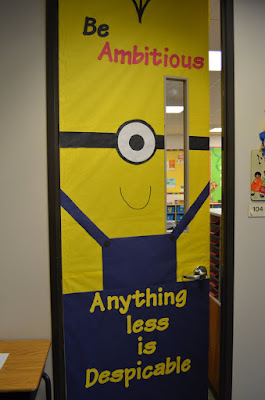En una época en la que las redes sociales facilitan la conversación con miles o hasta millones de personas que piensan diferente a nosotros y en la que tenemos un alto riesgo de consumir contenido falso o tendencioso, es muy posible que más de una vez, nos encontramos en una situación de error.
La falta de información correcta, una lectura sesgada, falta de análisis o simplemente toparnos con alguna persona con más experiencia o una perspectiva diferente de igual o más peso que la de nosotros nos puede llevar a examinar seriamente nuestro punto de vista y a veces, hasta darnos cuenta que estamos equivocados. Pero seamos sinceros. ¿Qué tan fácil es dejar de discutir y llegar a la frase “tienes razón”?
La mayoría de las veces la situación escala hacia el comportamiento agresivo en línea, el 41% de los americanos, ha experimentado violencia en redes sociales. En México, la cantidad de jóvenes expuestos asciende a 25.1% Las razones de esta violencia virtual son complejas y variadas, pero una de las principales, puede ser explicada en forma simple: nos duele menos ser violentos con nuestro interlocutor que la admisión de un error o derrota al exponer un punto.
La mala noticia: errar duele
¿Por qué de repente perdemos tan fácil la capacidad de actuar de forma racional y sensiblemente cuando discutimos de política con la familia, o de fútbol con un desconocido en Twitter? La culpa es de nuestro mejor aliado, la autoestima.
Esta noción de valor propio impulsa mucha de las decisiones que tomamos. Invertimos mucho tiempo y esfuerzo para mantener y proteger la imagen que proyectamos. El lado oscuro de nuestro deseo de aprobación es la aversión que tenemos a la desaprobación, o más aún, el terror a la humillación.
Ejemplos de estudios como el de Naomi I. Eisenberger en 2012 abordan el tema de la similitud que hay entre el dolor social y el físico, su relación es muy cercana. Paul Randolph, especialista en mediación, explicó para The Guardian cómo reacciona el cerebro ante una situación de error o equivocación.
“Decir lo siento es la frase más difícil de expresar, a pesar de ser la forma más rápida y efectiva de resolver disputas. Nuestro cerebro parece indicar que decir lo siento será tan doloroso como poner la mano directo sobre el fuego”
El autor también relacionó este mecanismo neurológico con uno de nuestros instintos más básicos, el de pelear o huir. Al percibir una amenaza, el cerebro no discrimina si su carácter es físico o emocional, su método de defensa se activará de cualquier forma.
Por esto mismo, cuando se nos presenta una situación de desacuerdo, no solamente estamos discutiendo con esta persona, discutimos con mecanismos neuronales que tratan de protegernos del dolor y el posible rechazo social consecuente del error.
Las buenas noticias: se alivia con educación
Los educadores llevan varias generaciones estigmatizando el error. B.F. Skinner fue una de las figuras más influyentes del siglo pasado para entender la psicología humana y cómo desarrollar estrategias didácticas alrededor de la misma. Skinner y sus seguidores no apreciaban los tropiezos en el camino del aprendizaje.
Esta tendencia no se replicó en otras culturas de la misma forma. En su libro “The Learning Gap”, los psicólogos James Sigler y Harold Stevenson compararon lecciones grabadas de matemáticas para nivel secundaria en distintos países.
Los autores encontraron que mientras los maestros americanos enfatizaban un número limitado de métodos para resolver problemas e ignoraban los errores en el proceso para solo concentrarse en las respuestas correctas, los maestros japoneses en cambio, les preguntaban a los estudiantes que métodos preferían y los animaban a encontrar su propia manera de resolver problemas, lo que llevaba a una discusión general de los errores más comunes y cómo evitarlos.
En resumen, se enfocaban en hacer notar a los estudiantes que los obstáculos y las equivocaciones eran una parte natural del proceso de aprendizaje, nada que provocara orgullo al tener la respuesta correcta, ni miedo al no tenerla.
Los dos aprendizajes más importantes de este experimento:
- La precisión en el salón de clases no debe estar atada al valor propio.
- El error es la mejor senda para la inventiva y la generación de conversación que lleve a soluciones efectivas.
Para entender la raíz del problema de la violencia en línea, además de tomar en cuenta una falta generalizada de pensamiento crítico que frena el aprendizaje, el diálogo y la evolución social; también hay que enseñar que el error no cuesta caro, pero cómo reaccionamos a este, sí.
















